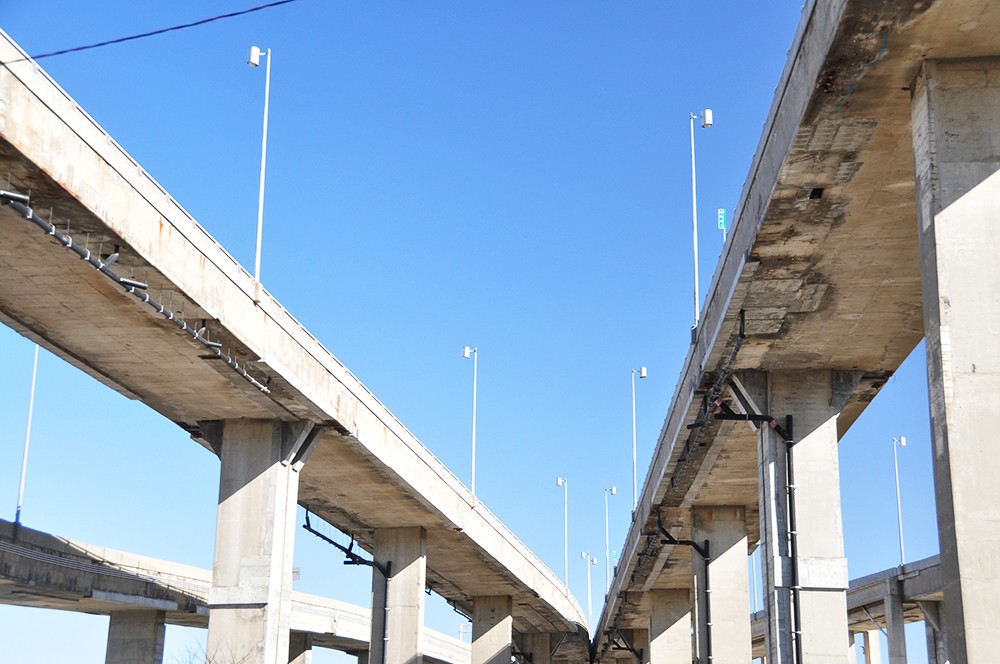A four-dimensional approach
Reconstructing heavily used highways like the Turcot — the biggest road construction project in the history of Quebec, with an estimated budget of about $4 billion — is an extremely complex process because of the need to maintain traffic flow.
Demolishing the existing interchange and then replacing it is not an option. Instead, a plan is required to gradually shift the traffic from the existing segments to the newly built ones.
“This parallel coordination of construction and demolition activities with traffic flow is essential to the success of these projects,” says Hammad. “That’s why our new modelling method uses a 4-D approach — taking into account the three normal space axes, plus time, to coordinate the traffic phasing with the demolition and construction of the old and new segments, respectively.”
This method is the first to integrate stochastic simulation techniques — algorithms to predict randomness — with 3-D modelling of highways to generate 4-D representations that can be used to detect and plan for scheduling clashes, and define the feasible sequences in which the segments of the highway bridges can be constructed or demolished.
“This study allows decision makers to better schedule construction and demolition activities to avoid any conflicts that may delay the project and increase the cost,” says Hammad.
For Montrealers, who are expecting to deal with Turcot-caused delays through to 2020 at the earliest, this research could save huge amounts of time and money.
 Read the cited study about 4-D construction modelling methods by Concordia professor Amin Hammad.
Read the cited study about 4-D construction modelling methods by Concordia professor Amin Hammad.


 Montreal's Turcot Interchange. Photo by abdallahh (Flickr Creative Commons)
Montreal's Turcot Interchange. Photo by abdallahh (Flickr Creative Commons)
 Amin Hammad, a professor and researcher in Concordia’s Institute for Information Systems Engineering. Photo credit: Concordia University
Amin Hammad, a professor and researcher in Concordia’s Institute for Information Systems Engineering. Photo credit: Concordia University